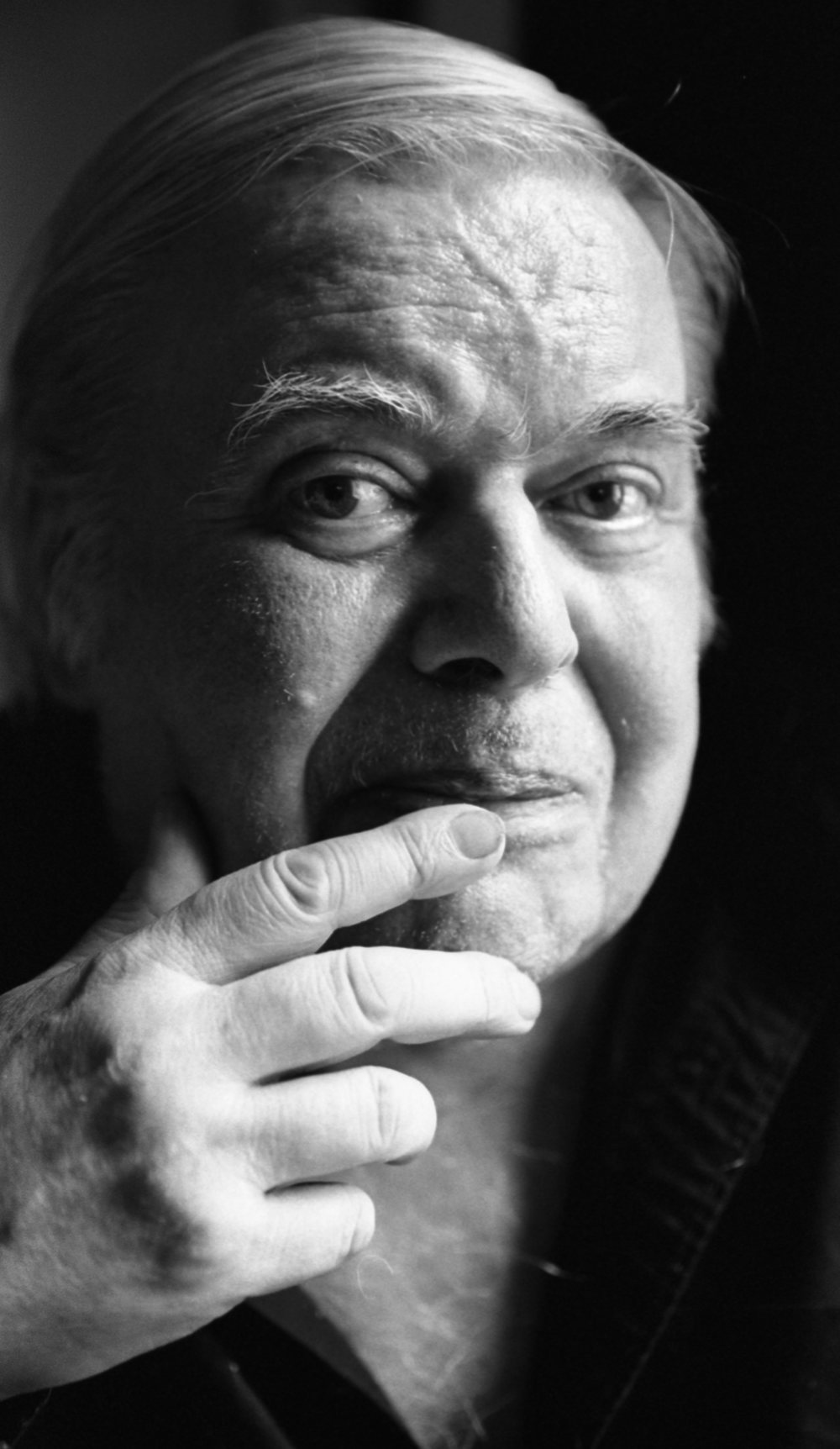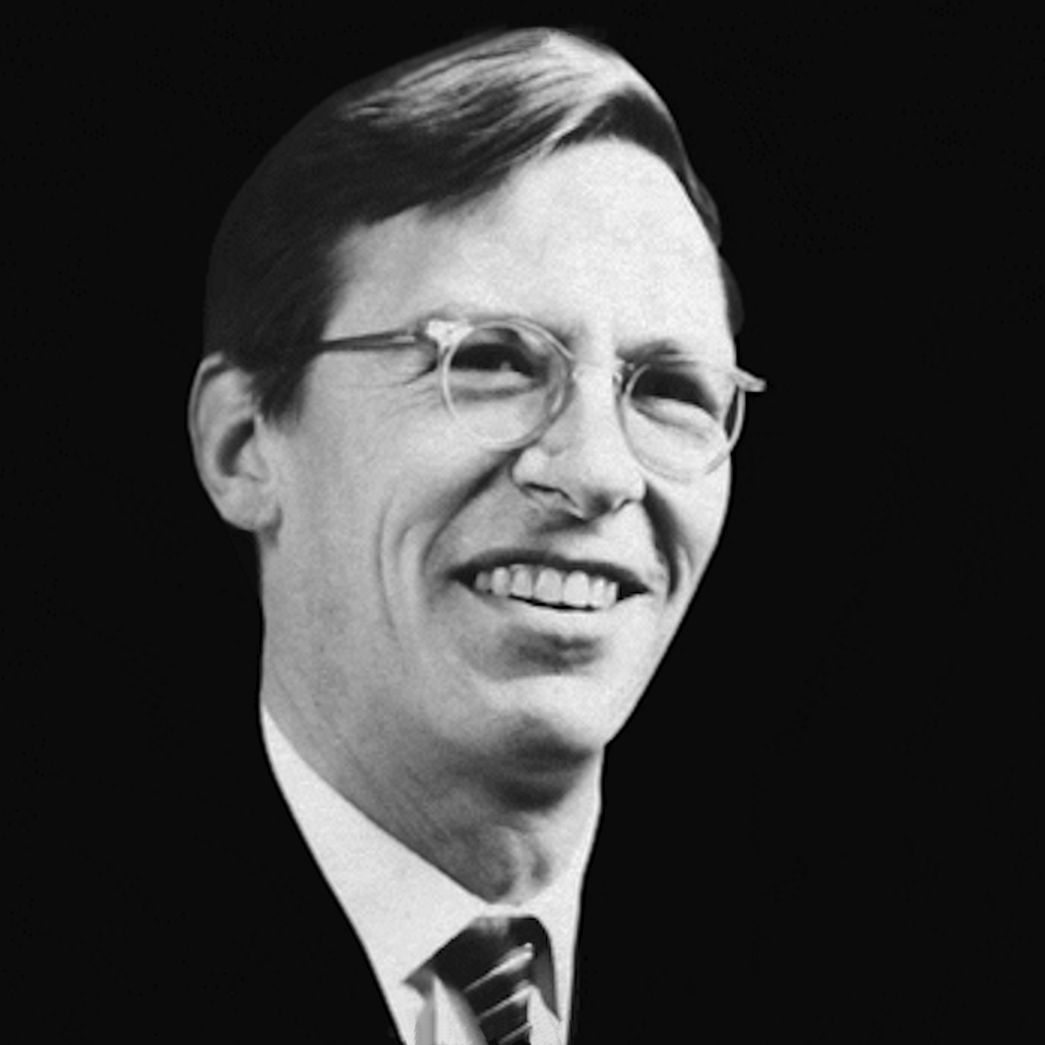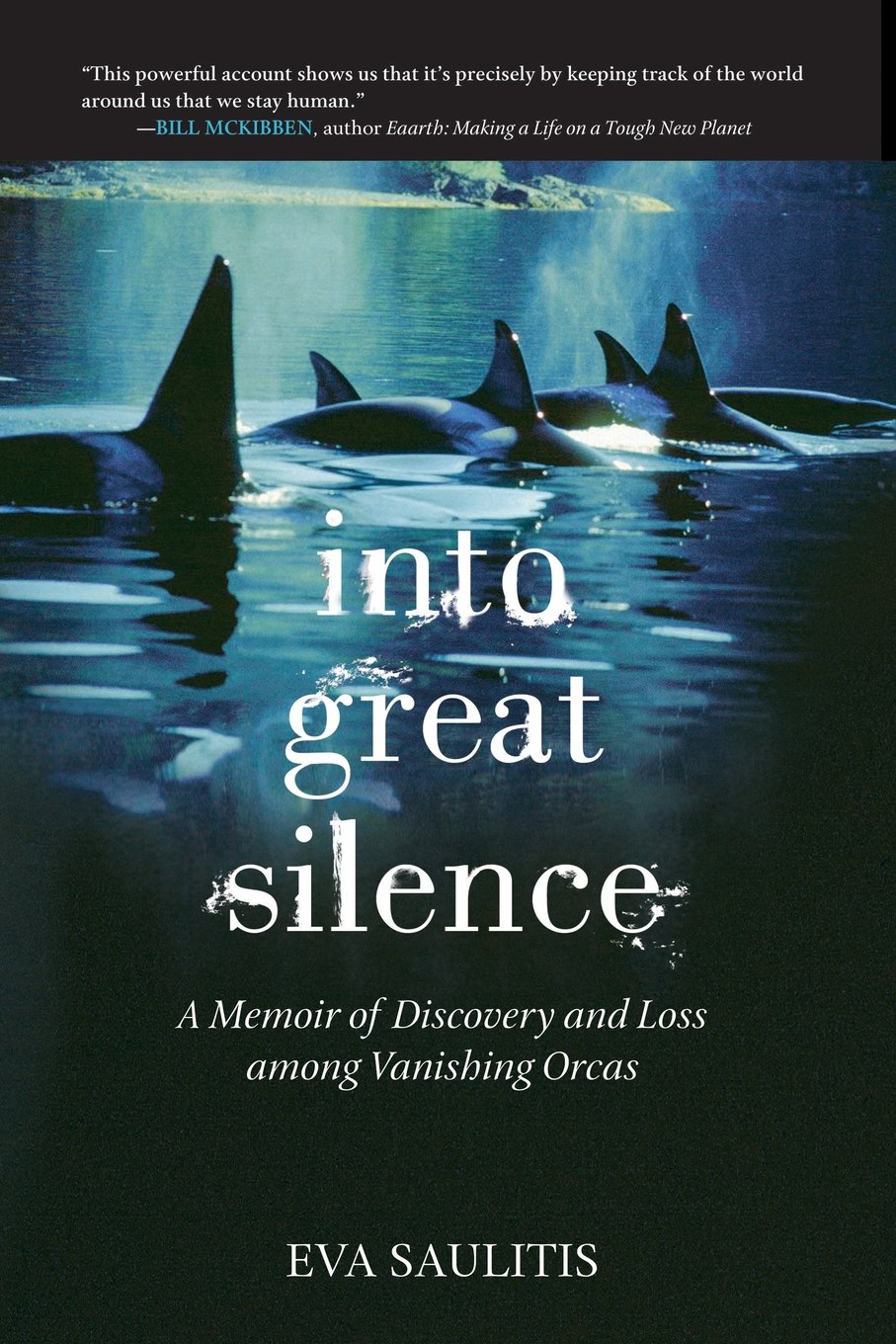Davis, Evans, Coltrane: Blue in Green. 1959
Miles Davis: Trumpet | Bill Evans: Piano | John Coltrane: Tenor Saxophone | Paul Chambers: Double Bass | Jimmy Cobb: Drums. Recorded in April, 1959, New York City, New York.
Miles Davis: Trumpet | Bill Evans: Piano | John Coltrane: Tenor Saxophone | Paul Chambers: Double Bass | Jimmy Cobb: Drums. Recorded in April, 1959, New York City, New York.

The ‘dark legacy’ of Swiss artist-designer Hans R. Giger is undeniably far-reaching and indelibly memorable. A graduate of the (then called) School of Applied Arts, Zurich, Giger came into prominence with an airbrush and free-hand painting style which found their way into the pages of his first published work – Necronomicon (1977). His fantasyscapes were dystopic, drained off luminescent colour, bereft of the life giving rays of the sun, and with his thematic obsession with the biomechanical universe – coupling industrial machine to organic animal-human, he manages to marry the distant future and the distant past with an inimitable, unforgiving bleakness. Read More…

John Rawls was the only American philosopher of the last century who made a considerable impact on modern debates on ideas of justice and the nature of the welfare state, constitutional, individual liberties, permissible inequalities and political duty/obligation. My first, and I should say only, encounter with Rawls was through the pages of his magnum opus ‘A Theory of Justice‘ (1971/1999) where he posits his principles by which a just society could be given direction – that there must be basic liberties (of faith, association, speech etc.) and that the perceived and palpable inequalities that inevitably arise from liberty are so organised to bring maximum benefit to the worst off, and that includes vital equality of opportunity. As a political philosopher, Rawls was certainly influenced by the earlier social contract theories of John Locke and Jean-Jacques Rousseau, in which citizens willingly give up some of their liberties in return for state protection and order. Rawls states his ‘priority rule’ thus: “a less extensive liberty must strengthen the total system of liberty shared by all.” Another ‘priority rule’ is that equal opportunity is more vital than heading towards a certain totality-of-society outcome, or what a (paternalistic) government may believe is for the good of the citizens of a nation. Read More…

The Johan Huizinga Fonds / Rijksmuseum Fonds is offering the Johan Huizinga Research Fellowship 2016 for art and historical research in Amsterdam, Netherlands. Applicants of all nationalities are eligible to apply for this fellowship. The Johan Huizinga Postgraduate Fellowship is open to recent graduates (at the Master’s level), as well as doctoral and post-doctoral candidates.
As a national institute, the Rijksmuseum offers a representative overview of Dutch art and history from the middle ages onwards, and of major aspects of European and Asian art. The Rijksmuseum keeps, manages, conserves, restores, researches, prepares, collects, publishes and presents artistic and historical objects, both on its own premises and elsewhere. The focus of research should relate to the Rijksmuseum’s collection, and may encompass any of its varied holdings, including Netherlandish paintings, sculpture, decorative arts, prints, drawings, photography and historical artefacts. Read More…

Extinction is forever. Every time I mull over this thought, it brings into focus for me, more than ever, of our responsibilities as a species, of the succinct realization of our inter-relatedness and common fate with all other life forms inhabiting our shared ecosystem. My interest in orcas (Orcinus orca) go back a long time, lapping up accounts of their inherently amiable, extremely social disposition, swimming the oceans in tightly knit mother-centred families and extended families or pods, as they are called. Never had the good fortune of encountering one in person, but the closest I got was through the writings of marine biologist Eva Saulitis who spent long years intimately observing and comprehending the lives of a tiny, threatened orca population in the waters of a scenic inlet known as Prince William Sound in the Gulf of Alaska, Alaska, USA. Among other marine life forms in Prince Wiliam Sound, Saulitis spent the most time studying a genetically distinct orca ecotype known as the AT1 or ‘Chugach’ transients (transients being mammal eaters.) Read More…

In a ‘cinemascape’ of lyricism and allegory, Majid Majidi inhabits a space that is uniquely his own, where, with a flourish of quiet sentimentality and poetic poise, he unfurls for us a spiritual fable of a righteous man placed in the pastoral rural and the materialistic urban. Majidi is a relatively later figure in Iranian cinema, but to my mind, certainly not a lesser figure. In a telling moment in آواز گنجشکها (The Song of Sparrows,) the protagonist Karim (played convincingly by the inimitable Reza Naji) breaks into a nostalgia soaked song that brings smiles to the saddened young boys surrounding him – “Our flowers have withered, our eyes are crying, I remember the good old days….The world is a lie, the world is a dream ….I’ve passed my youth in pain in this world.” The pastoral rural marked by close family ties, community living, and proximity to the ‘living world’ lies in stark contrast to the transactional, corrupting and materialistic core of the urban, and in straddling these seemingly incompatible universes, Karim has to be committed to his essential righteousness, to his faith. Read More…
Kenny Burrell: Guitar | Stanley Turrentine: Tenor Saxophone | Major Holley Jr.: Bass | Bill English: Drums | Ray Barretto: Congas
Recorded at the Van Gelder Studio, Englewood Cliffs, New Jersey, USA in April,1963.

My recall of a Kollwitz woodcut is from many years ago, titled ‘Die Mütter’ (The Mothers) – a huddled heap of bereaved and bereft humanity, seeking to console and comfort each other, with futility, for they appear to be calcified by a known or unknown terror. That woodcut remained etched in my consciousness for a long time, tucked away in some obscure drawer, but always there, always gnawing. The work of 19th C / early 20th C German artist Käthe Kollwitz, is not one of tentative, delighting probing but of cathartic, universal anguish. Unleashing a visceral chronicle of human suffering and struggle – through depicting injustice, poverty, and the terrible price of mindless man made conflicts, her work achieves an emotional tenor and intensity that resonates beyond her immediate circumstances in Germany of the early 20th C. Read More…

My first brush with the north African philosopher-thinker of the ‘Middle Ages’, Ibn Khaldūn, was at the Universidad de Sevilla in España, intrigued as I have always been, with the circumstances and the contexts of the rise and fall of civilizations. With Andalusian and Yemenite Arab roots, Ibn Khaldūn was ‘Tunisian’ by birth, and his extensive and ground breaking work out of north Africa during the ‘Middle Ages’ was discovered by the occident much later. This belated discovery could probably be partially attributed to barriers of language, along with, I suppose, a degree of disdain and intellectual suspicion of that which is non-occidental. Having said that, it is only in retrospect that we can appreciate Ibn Khaldūn’s remarkable contributions to the foundations of a scientific study of society and civilization. Read More…

The Dublin Institute of Technology (DIT) Fiosraigh Dean of Graduate Research School Award recognizes the outstanding achievement by individual students and is open to talented students who wish to pursue a PhD on a full time basis. Applications are invited from students of any higher education institution, in Ireland or internationally.
The Irish word ‘Fiosraigh’, which means to explore or inquire, underlines the purpose of this scholarship programme which is to promote the exploration and application of knowledge.
Applicants should develop their research in liaison with the potential supervisor/supervisory team in one of the following research thematic areas:
Society, Culture and Enterprise
New Materials and Devices
Information, Communications and Media Technologies
Environment, Energy and Health Read More…